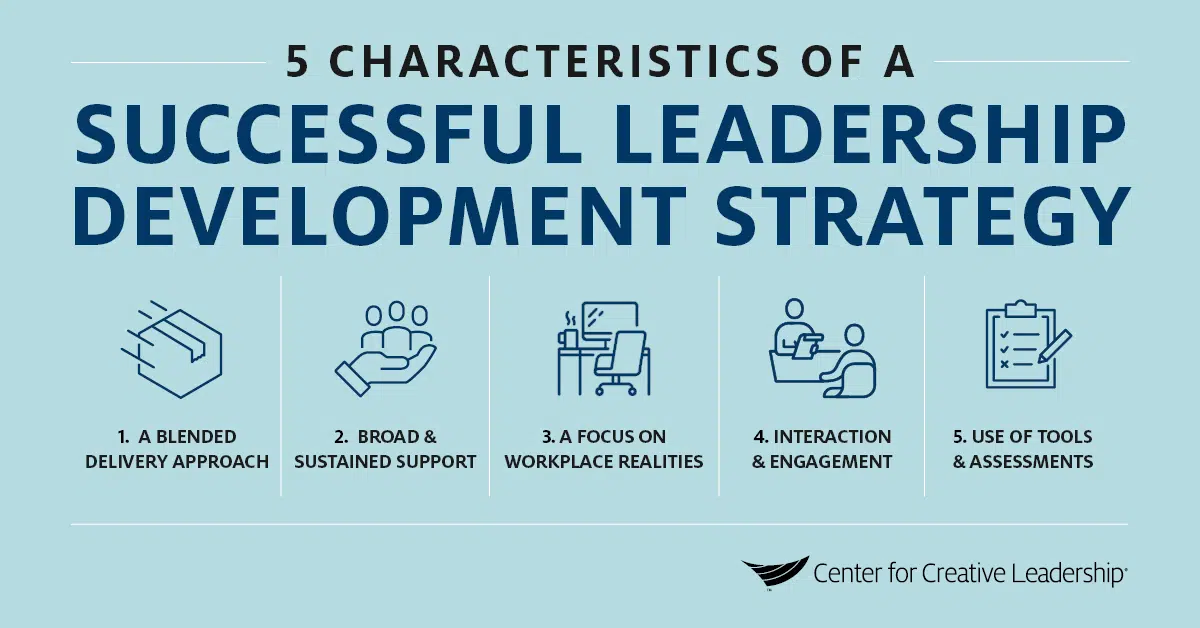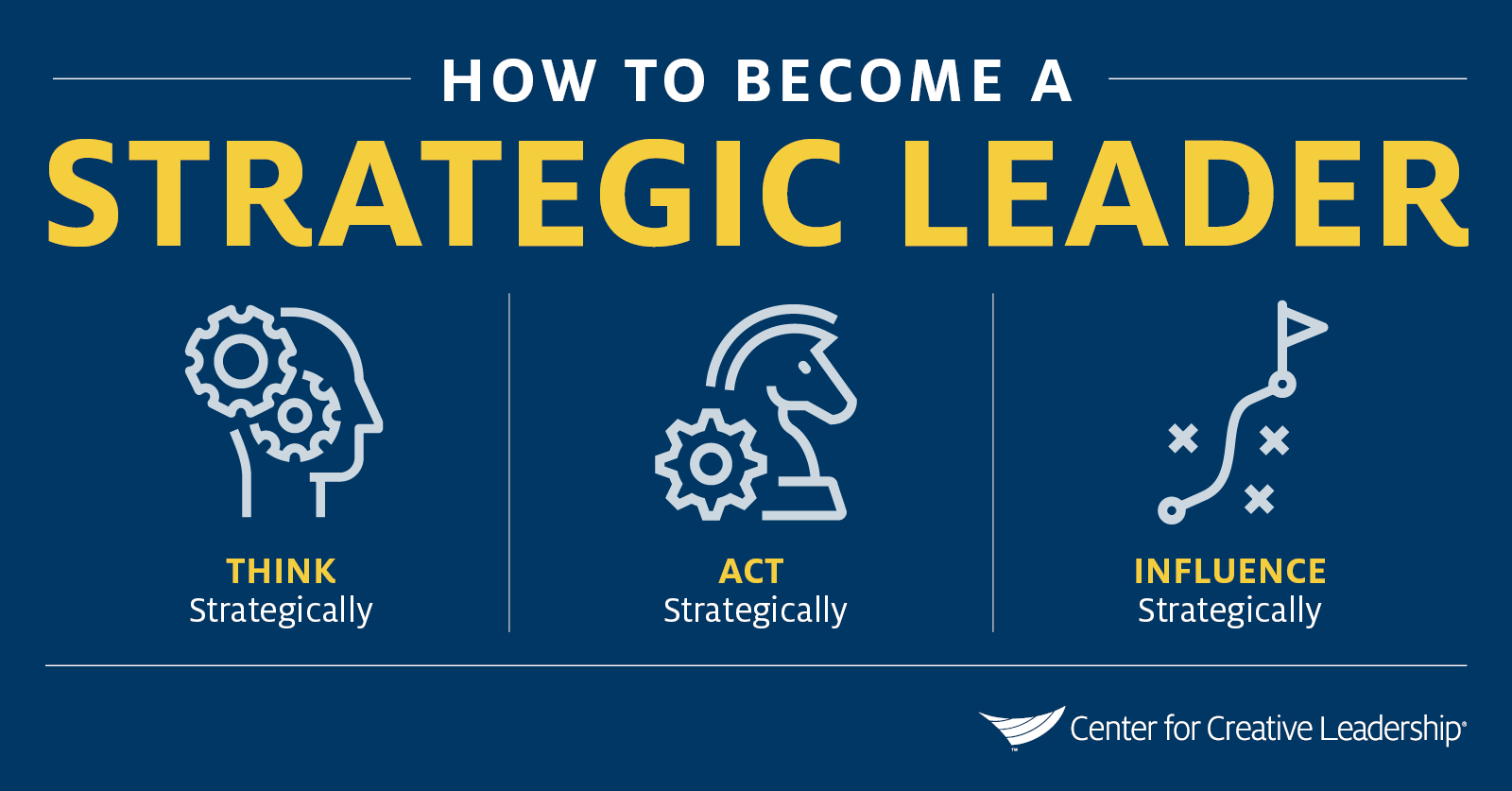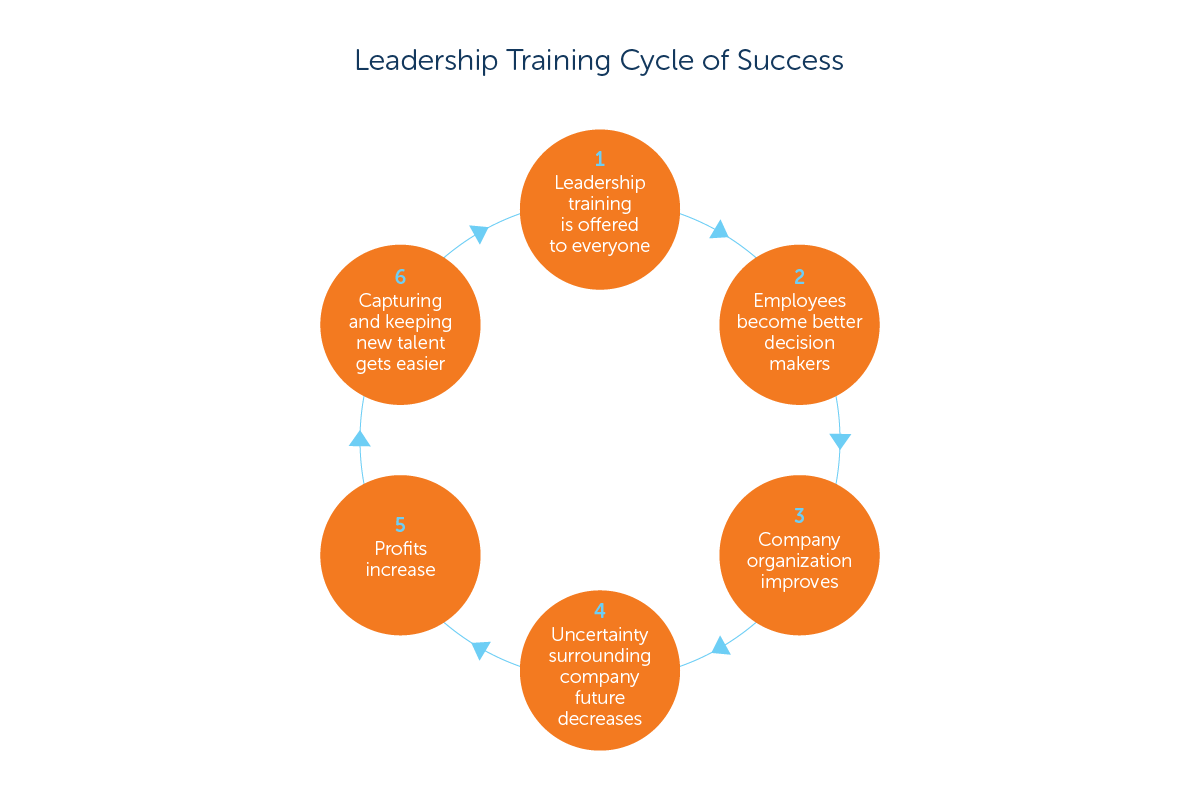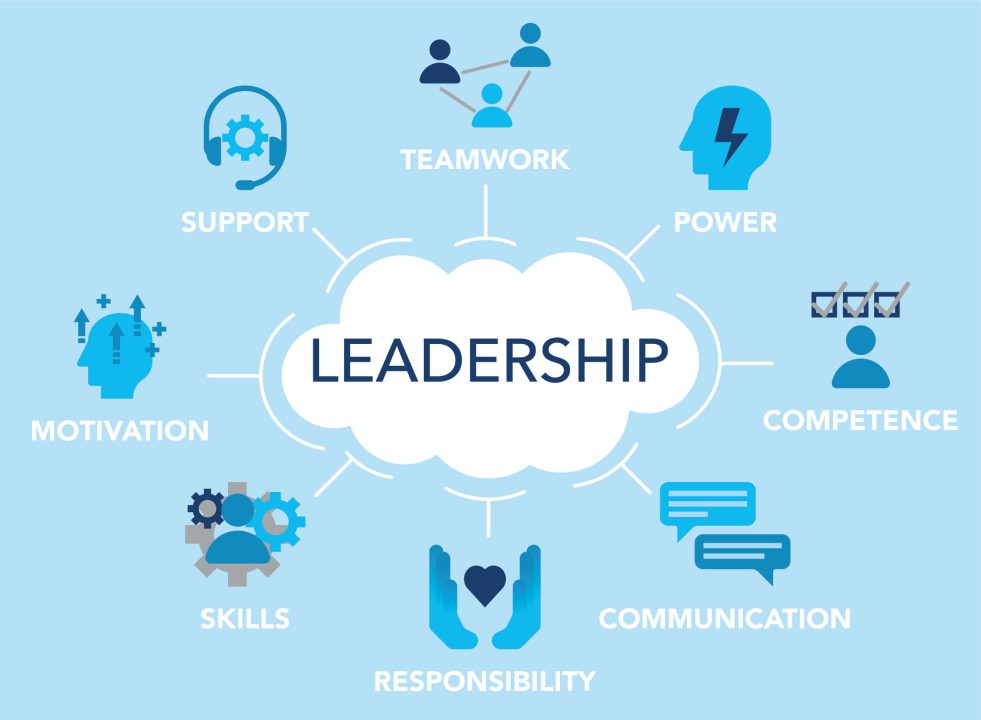Leadership Development Programs
Cultivating Leadership Skills and Competencies Among Employees
Significance and Need
- The introduction explains the significance of leadership development initiatives for businesses. It can include how the business environment is evolving quickly, how complexity is rising, and how imaginative, nimble leaders are needed to manage through uncertainty.
- It draws attention to how important leadership is to attaining strategic goals, promoting innovation, and propelling corporate success.
- The introduction might also highlight the difficulties businesses have finding and nurturing strong leaders, especially in light of changing market dynamics, demographic shifts, and technology improvements.
Objectives and Goals
The particular aims and objectives of leadership development programs are made clear in this section. It might consist of:
- Building a pool of competent executives to take on pivotal positions and encourage organizational expansion.
- Improving workers' capacity for strategic thought, emotional intelligence, and leadership.
- Fostering an environment that values ongoing education and personal development.
- Linking programs for leadership development to the overarching objectives and core values of the company.
Role in Organizational Success
- The relationship between successful leadership and organizational performance is emphasized in the introduction. The impact of strong leadership on financial outcomes, productivity, and employee engagement may be illustrated through research findings or case studies.
- It emphasizes the role that leadership development programs play in talent retention, succession planning, and creating a flexible company culture.
Overview of Content
- Finally, a quick synopsis of the program's structure and content may be included in the introduction. Important elements including leadership skills, curriculum design, delivery strategies, evaluation criteria, and assessment instruments might be included.
- It provides participants with guidance on what to expect and how the program will proceed, setting the foundation for the next aspects of the program.
Key Components of Leadership Development Programs
 |
| Figure 02 - https://www.ccl.org/articles/leading-effectively-articles/5-characteristics-of-a-successful-leadership-development-strategy/ |
Identification of Leadership Competencies
- Organizations usually start by determining the fundamental leadership skills needed to succeed in their particular setting. This entails identifying the abilities, characteristics, and conduct that successful leaders ought to exhibit. According to the Center for Creative Leadership (n.d.), common leadership talents include strategic thinking, emotional intelligence, communication skills, decision-making abilities, and flexibility.
Designing Curriculum and Content
- Organizations create a defined curriculum and material for their development programs after identifying the leadership competencies. This could entail developing courses or seminars that concentrate on many facets of leadership, including decision-making, communication, conflict resolution, and team building (Yukl, 2013).
Delivery Methods
- Programs for developing leaders use a variety of delivery techniques to give participants knowledge and skills. According to Snook et al. (2010), these could include mentoring programs, coaching sessions, online courses, action learning projects, seminars, workshops, and classroom-based training.
Assessment and Evaluation
- Assessment and evaluation procedures are included in successful leadership development programs to track participants' advancement and program effects. Pre-program evaluations to pinpoint areas in need of improvement, continuous feedback channels, 360-degree assessments, performance reviews, and post-program evaluations to track behavioral and performance improvements might all be a part of this (Northouse, 2018).
These essential elements serve as the cornerstone of leadership development initiatives, guaranteeing that participants have thorough instruction and assistance to improve their leadership skills and propel the success of their organizations.
Implementation Strategies for Leadership Development Programs
 |
| Figure 03 - https://www.ccl.org/articles/leading-effectively-articles/how-to-become-a-strategic-leader/ |
Top-Down Support and Commitment
- Organizational top leadership must be fully committed to and supportive of the implementation of leadership development programs. To show the program's value, executives and senior managers should advocate for it, provide funding, and take an active role in its operations (Conger & Benjamin, 1999).
Alignment with Organizational Goals
- Programs for developing leaders should be tightly matched with the strategic goals and business priorities of the company. This guarantees that initiatives to fill important skill gaps and advance organizational goals are directly impacted by leadership development programs (Day & Dragoni, 2015).
- Customizing the content and delivery strategies of leadership development programs to the unique requirements, organizational culture, and organizational context is necessary for their implementation. Programs must be specifically designed to meet the opportunities and special difficulties that organization leaders encounter.
Clear Communication and Expectations
- Effective implementation of the leadership development program requires open and honest communication regarding its goals, intentions, and expectations. Uncertainty regarding the objectives and results of the program is decreased and participant and stakeholder buy-in is increased with clear communication.
Structured Implementation Plan
- Creating a well-organized implementation strategy that includes specified deadlines, checkpoints, and roles is essential to the successful launch of leadership development initiatives. Important tasks including curriculum preparation, participant selection, delivery strategies, assessment procedures, and evaluation standards should be outlined in the plan.
Engagement and Involvement of Participants
- Encouraging participants to actively participate in the creation and execution of the leadership development program cultivates a sense of ownership and dedication. Through focus groups, needs analyses, feedback sessions, and chances for program design input, organizations can involve people.
Continuous Feedback and Evaluation
- Establishing a mechanism for ongoing assessment and feedback enables institutions to track the advancement and efficacy of their leadership development initiatives. It is easier to see problem areas and make the required corrections when you receive regular feedback from mentors, coaches, supervisors, and participants.
Integration with Talent Management Processes
- Integrating leadership development programs with talent management processes, such as succession planning, performance management, and career development, enhances the program's impact and sustainability. This ensures that leadership development efforts are aligned with broader talent strategies and organizational needs.
Sustainability and Long-Term Planning
- Programs for leadership development cannot be implemented successfully without a long-term outlook and a dedication to sustainability. To adapt to changing needs, organizations should continuously examine and improve their program offerings, foster a culture of continuous learning, and invest in ongoing leadership development programs.
Celebration of Success and Recognition
- Acknowledging and applauding participants' accomplishments as well as the program's effects serves to highlight the significance of the initiative and promote ongoing participation. Awards, recognition events, testimonies, and success stories disseminated throughout the organization are some of the ways that organizations can recognize achievement.
Benefits of Leadership Development Programs
 |
| Figure 04 - https://www.talentlms.com/blog/reasons-leadership-training-important-all-employees/ |
Improved Leadership Effectiveness
- Programs for developing leaders improve the abilities, proficiencies, and efficacy of present and future leaders inside the company. The ideas, tools, and tactics that participants acquire are invaluable for leading teams, boosting productivity, and confidently navigating challenging situations.
Enhanced Employee Engagement and Retention
- Putting money towards leadership development shows a company's dedication to its workers' personal and professional development, which encourages greater levels of engagement and loyalty. Motivating and inspiring their workers is a sign of an engaged leader, and it increases job satisfaction and lowers turnover.
Succession Planning and Talent Pipeline
- Employees with high potential for leadership roles in the future can be identified and developed through leadership development programs. Organizations may create a strong succession pipeline, lessen reliance on outside hiring, and guarantee continuity in leadership changes by developing internal talent.
Strategic Alignment and Execution
- Leaders who receive effective leadership development are better equipped to carry out company plans and are in alignment with the organization's strategic priorities. Organizational goal-aware leaders can inspire teams, convert ideas into action, and produce outcomes.
Innovation and Adaptability
- It is easier for leaders who have received training in innovative thinking and adaptive leadership techniques to encourage a culture of experimentation, agility, and creativity within their teams. They boost organizational resilience and competitiveness by fostering innovation, embracing change, and navigating ambiguity.
Enhanced Team Performance and Collaboration
- Programs for developing leaders give them the tools they need to create cohesive teams, encourage teamwork, and successfully use diversity. A culture of trust and accountability is fostered by leaders who share their vision, give team members responsibility, and offer feedback. This improves team dynamics and results.
Improved Decision Making and Problem-Solving
- Participating in development programs helps leaders become more adept at making decisions, solving problems, and using critical thinking. They gain the ability to evaluate risks, assess complicated circumstances, and make well-informed decisions that support company goals, improving results and lowering risks.
Increased Organizational Agility
- Programs for agile leadership development help leaders quickly adjust to shifting consumer demands, market situations, and technology breakthroughs. Embracing agility allows leaders to ensure organizational responsiveness and agility by redistributing resources, changing course, and seizing new possibilities.
Cultivation of Leadership Bench Strength
- By developing a strong pool of gifted leaders at all organizational levels, leadership development programs lessen the reliance on a small number of people for key positions. Long-term sustainability, continuity, and organizational resilience are ensured by a diversified pool of competent leaders.
Positive Organizational Culture and Reputation
- Transparency, accountability, and moral leadership are characteristics of a positive corporate culture that is fostered by leadership development programs. Employers that prioritize leadership development can draw in top people, gain the trust of stakeholders, and improve their standing as employers of choice.
Conclusion
Organizations that want to foster successful leadership qualities in their workforce must implement leadership development programs. These programs support greater leadership effectiveness, increased employee engagement, succession planning, strategic alignment, innovation, and a healthy organizational culture through their organized components and strategic implementation. Organizations can create a pipeline of competent leaders, encourage innovation, and succeed over the long term in the fast-paced business environment of today by investing in leadership development.References
- Conger, J. A., & Benjamin, B. (1999). Building leaders: How successful companies develop the next generation. John Wiley & Sons.
- Day, D. V., & Dragoni, L. (2015). Leadership development: An outcome-oriented review based on time and levels of analyses. Annual Review of Organizational Psychology and Organizational Behavior, 2, 133-156.
- Northouse, P. G. (2018). Leadership: Theory and practice. Sage Publications.
- Snook, S. A., Nohria, N., & Khurana, R. (2010). The handbook for teaching leadership: Knowing, doing, and being. Sage Publications.
- Yukl, G. (2013). Leadership in organizations. Pearson Education Limited.

The leadership development program vital of any organization to build successful leaders within firm which captures well
ReplyDeletethank you for the review
Deleteinteresting topic and very good contents. good job
ReplyDelete